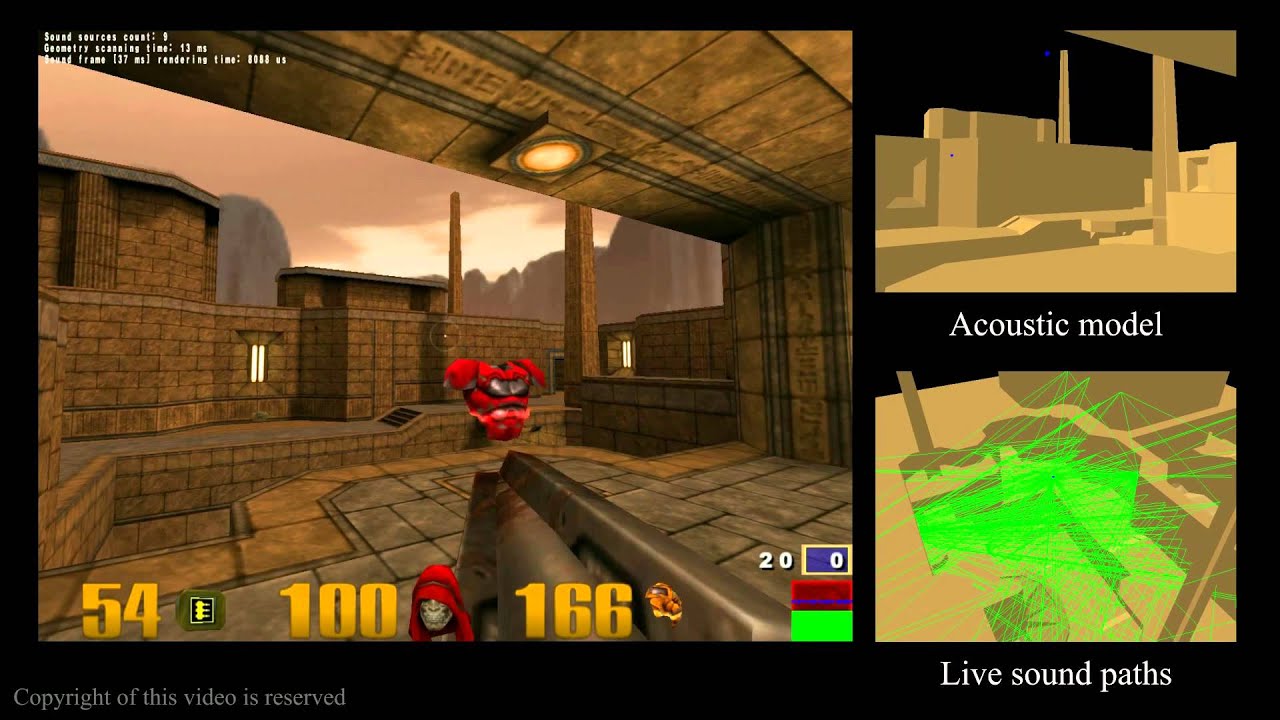I think Riven is mostly, but not completely right about the timing being a source of binaural location. This is the most important component for low to middle frequencies. As you get to wavelengths that are smaller than the size of your head, though, amplitude becomes increasingly more important, especially for steady state high sounds. This is what I remember from when I worked at a work-study lab assistant at a binaural lab at UC Berkeley back in the 1980’s.
Another consideration is the frequency content. As sounds travel larger distances through air, the high frequency components die out quicker than the low components. You can significantly enhance the effect of distance by doing some low pass filtering.
Yet another consideration is that our ear shapes tend to “color” sound in a subtle way, depending on the direction of approach, and this can also help with correlating an incoming sound with its source.
Can Java handle this? I think so. I am trying to do so. On the “easy” side, when mixing sounds, one can make use of stereo PCM coding. It’s not at all hard to take a sound value from some source and multiply it by, say 0.4 for the right and 0.6 for the left and have it sound like it is some degree towards the left. If you want to play with the timings, then it is mostly a matter of creating an array to use as a holding area and cursor through it with linear interpolation if you want to get smooth variations (smoother than that which can be done at 44100 fps increments). I’ve created arrays such as this and used them for echo and/or flanging effects. Easy to do, relatively.
I have a thread where I am showing java audio programs as I write them, with a couple sample programs which you can download and hear for yourself. In the first (CirclesDemo) there are synthesized musical motifs that are played with a panning setting that correlates to a ball’s location off of the center axis, and a volume that correlates to the distance from the center. Six sound sources (all generated in real time) are shown, moving about the screen, where the position data is sent in real time to the mixer. In that demo, I’m only using volumes to create the binaural effect. I guess I should consider putting a little timing adjustment as well. Hmmm. Interesting idea. (Might be necessary to filter out the high components before the timing adjustment in order to prevent some comb-filtering artifacts. Worth a test when I get a chance.)
I haven’t done more than the crudest of filtering so far. It seems costly in terms of CPU, but a lot of that is probably my ignorance and trepidation. Someone like Neil Smith (nsigma) has done this (and much, much, more – check out his Praxis site!) and can be of more help with that. Just give him a day or three to notice this thread.



